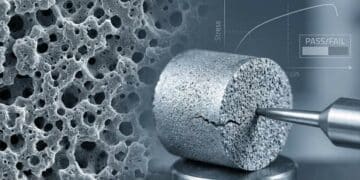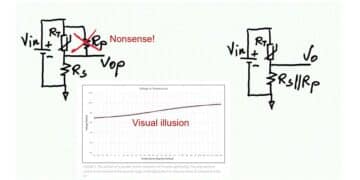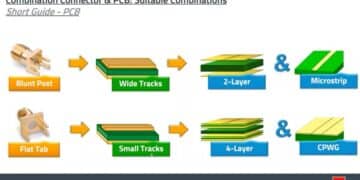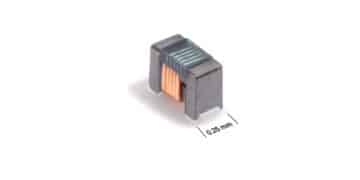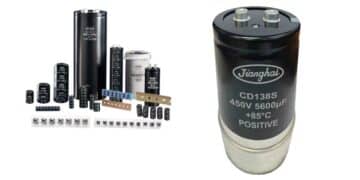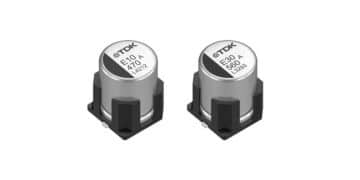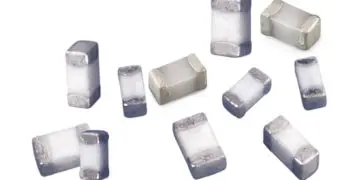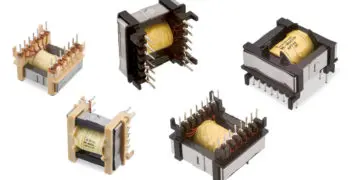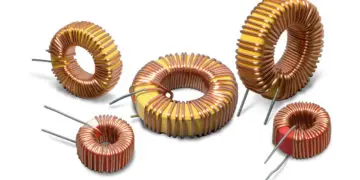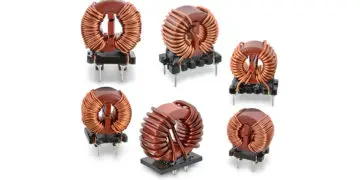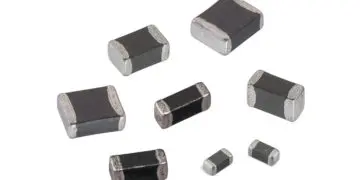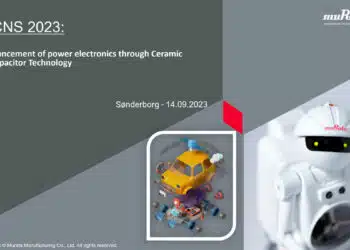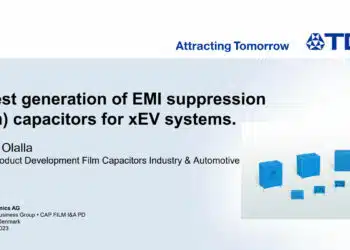Abstract:
The paper has been written specifically for the ESA 2nd SPCD symposium with a target to initiate an open panel discussion on commercial/automotive versus COTS+ versus qualified passive components use in space applications. The paper provides a summary over the gained and recently published experience and discuss the possible next directions for passive components application in space environment in order to succeed in the new upcoming era of space commercialisation. The paper is intentionally written more in “black and white” style to inhibit thoughts, agreements or disagreements and thus initiate wider industry debate between the agency, space prime companies and manufacturers. The paper summarise position of the space industry, attitude of different passive component manufacturers towards the commercial, COTS+, space applications and conclude it in some recommended steps for the future space passive component selection guide.
Title: Commercial versus COTS+ versus Qualified Passive Components in Space Applications
Author(s): Tomáš Zedníček, Ph.D.
Organisation(s): EPCI, European Passive Components Institute
Symposium: ESA SPCD 2016
Reference: email contact: tom@passive-components.eu
ISBN: N/A
e-Sessions Applications: Aerospace
e-Sessions Scope Components: Capacitors
e-Sessions Topics: Quality & Reliability, Specification & Qualification
read the full paper in pdf here.
